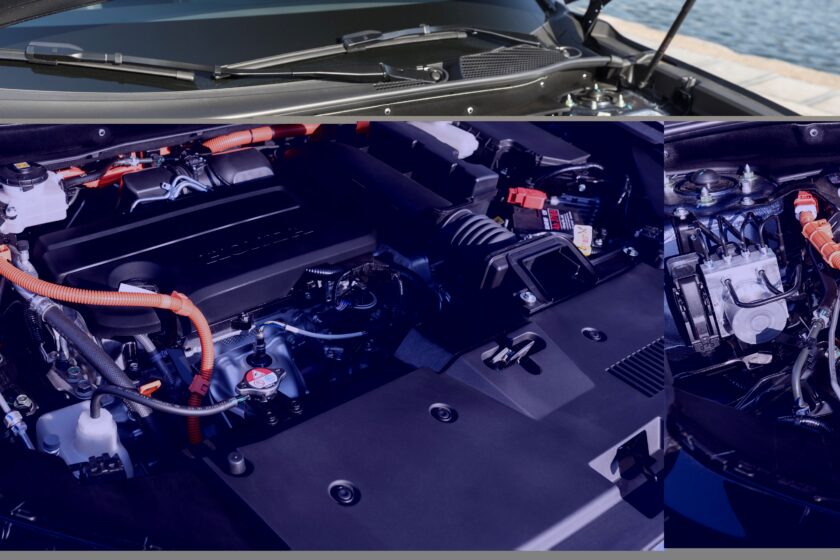Honda has decided to review its electric vehicle development plans in light of a market trend that is unfavorable to this technology. With this in mind, the company has unveiled the next generation of its full hybrid system. From 2027 to 2030, it will equip 13 different models.

Following the slowdown in the electric car market, Honda has also decided to revise its industry projections, which predicted that approximately 30 percent of its production in 2030 would be covered by fully electric, battery-powered vehicles. Development of the “O Series” models, scheduled for debut next year, will continue, but they will no longer be the only cars to bear the “H” logo Honda intends to use to denote its “green” sedans.
The new logo will also distinguish the new full hybrid models, which will be offered from 2027 to 2030 in 13 different models, all equipped with new structural and propulsion solutions that will contribute to making future cars lighter and more efficient than current full hybrids. The new powertrains will be conceptually similar to current hybrid systems but will feature significant improvements and redesigns while maintaining the same layout with two electric motors and an internal combustion engine operating on the Atkinson cycle. One of the two electric motors provides traction on the front axle by drawing energy from a battery pack that, when necessary, is recharged by the second electric motor. The second electric motor then acts as a generator, powered by the internal combustion engine, which operates at a fixed speed and in highly efficient conditions.
If necessary, and under the supervision of an electronic control system that intervenes on specific clutches, the internal combustion engine can connect directly to the front wheels, becoming a traction element replacing the electric motor. This provides three driving modes, with seamless and gradual transitions between them. In “EV Drive Mode,” the drive is purely electric; in “Hybrid Drive Mode,” the electric motor powers the wheels using energy generated by the internal combustion engine; and in “Engine Drive Mode,” the internal combustion engine is connected directly to the wheels via a clutch.
Honda plans to develop two new direct-injection Atkinson cycle engines, one with a displacement of 1.5 liters and one with a displacement of 2 liters, a new front-wheel drive unit, and a more efficient integrated cooling system. The two-liter engine will be available on mid-size models, resulting in a fuel economy reduction of approximately ten percent compared to current models. This reduction will also be achieved on models equipped with the one-and-a-half-liter engine, thanks in part to a more than 40 percent increase in the most efficient engine rpm range. With this configuration, the system never requires charging from the mains, users never risk running out of batteries, and there are no range issues unlike those encountered with traditional cars.
A mechanical system effectively optimizes the available torque based on the grip of each axle or wheel on the ground, while “E-AWD” also has the ability to precisely control the torque delivered by the engine, allowing the vehicle to optimize its chosen trajectory regardless of road conditions. The powertrain upgrades will be echoed by a complete overhaul of the platform that currently serves as the basis for mid-size sedans. Rigidity will be improved, weight will be reduced by approximately ten percent, and a modular architecture will be pursued that will allow the various models to share up to 60 percent of their components. This is with the aim of reducing the cost of each hybrid model: introduced from 2027 onwards, it will be 50 percent cheaper than the similar model launched in 2018.
Title: Honda full hybrid system: new powertrains
Translation with ChatGPT



